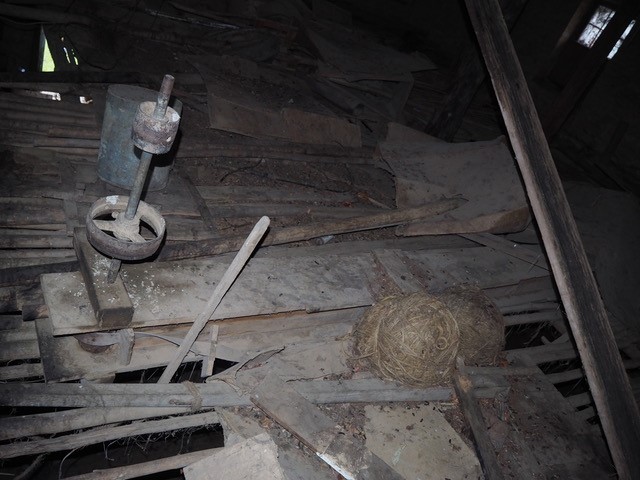Stone and Siddeley's patent for prefabrication of panels which formed the silos, was put into effect in 1910 at the Albury Flour Mills (recently demolished), while Monash again used a panel system at Minnifies mill in about 1914. The use of slip form cast reinforced concrete became fairly standard by the 1920s, and progressed to larger installations.
There has been no detailed history or comparative analysis of bulk grain handling or concrete silos in Victoria (apart from Alan Holgate's and Geoff Taplin's work specifically on Monier silos), although some work has been done in NSW. The railfans have done some work on categorising, along with railway modellers who as always have a great understanding of the intrinsic values of railway places.

There are now examples of silos converted to other uses around the world, including Melbourne. Some pretty wild results have come from the understanding that one large concrete structure can provide the basis for a range of new uses. In South Africa for example a combination of converted silos and stacks of shipping containers on top has helped deal with an accommodation shortage for students.
Further afield even in Ecuador they are doing it.
 http://www.mnn.com/your-home/remodeling-design/blogs/mothballed-grain-silo-reborn-as-student-housing-in-south-africa.
http://www.mnn.com/your-home/remodeling-design/blogs/mothballed-grain-silo-reborn-as-student-housing-in-south-africa. 

















































